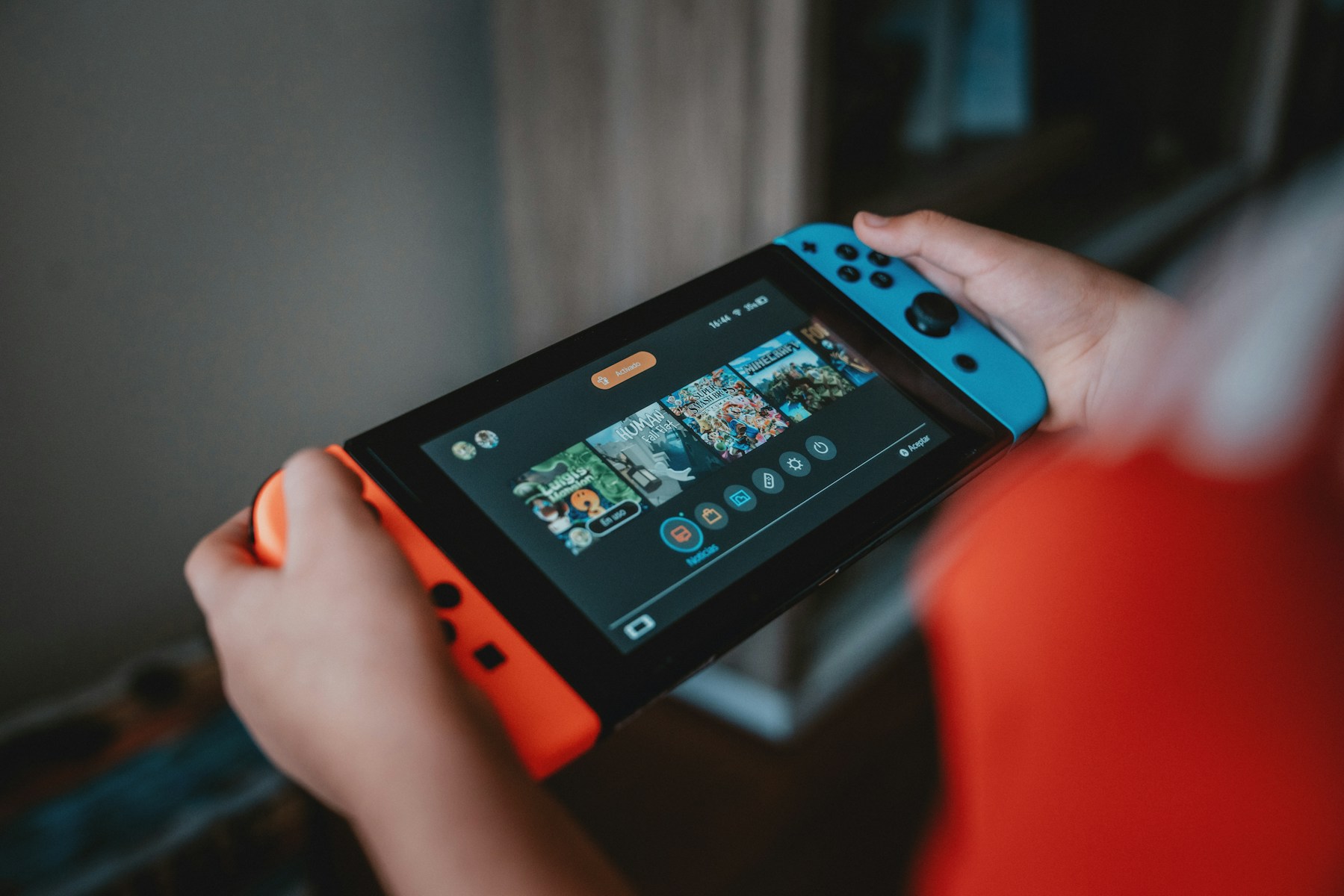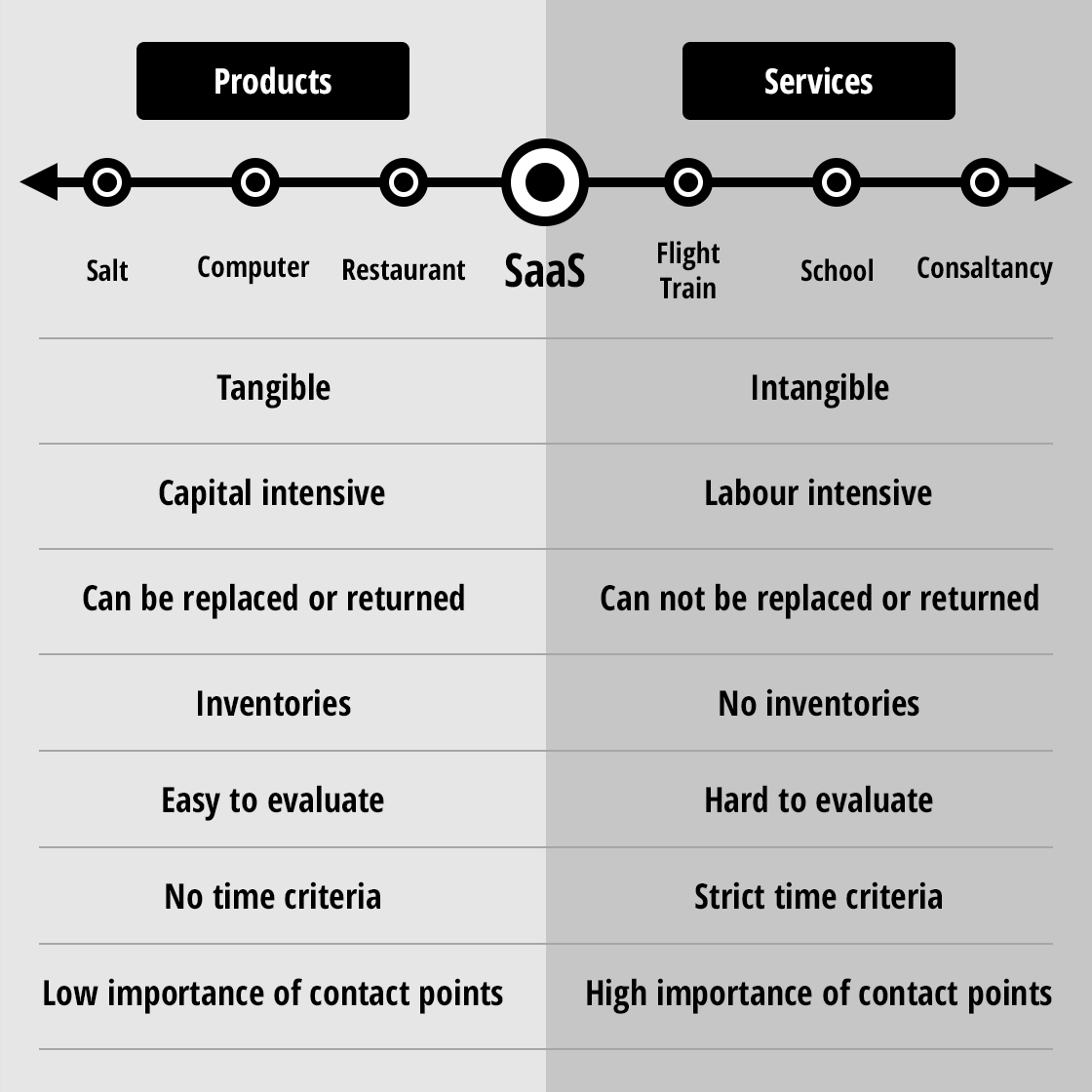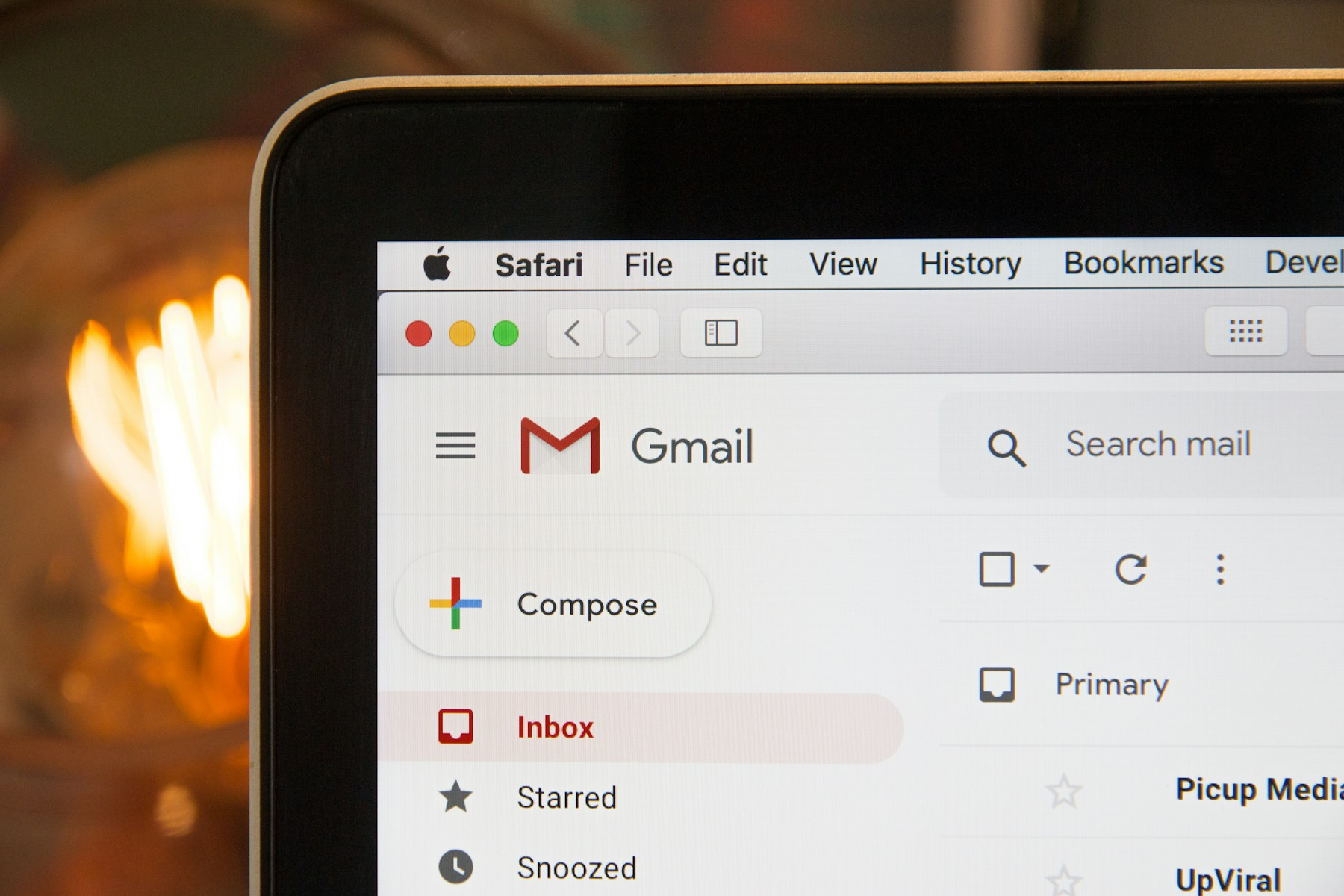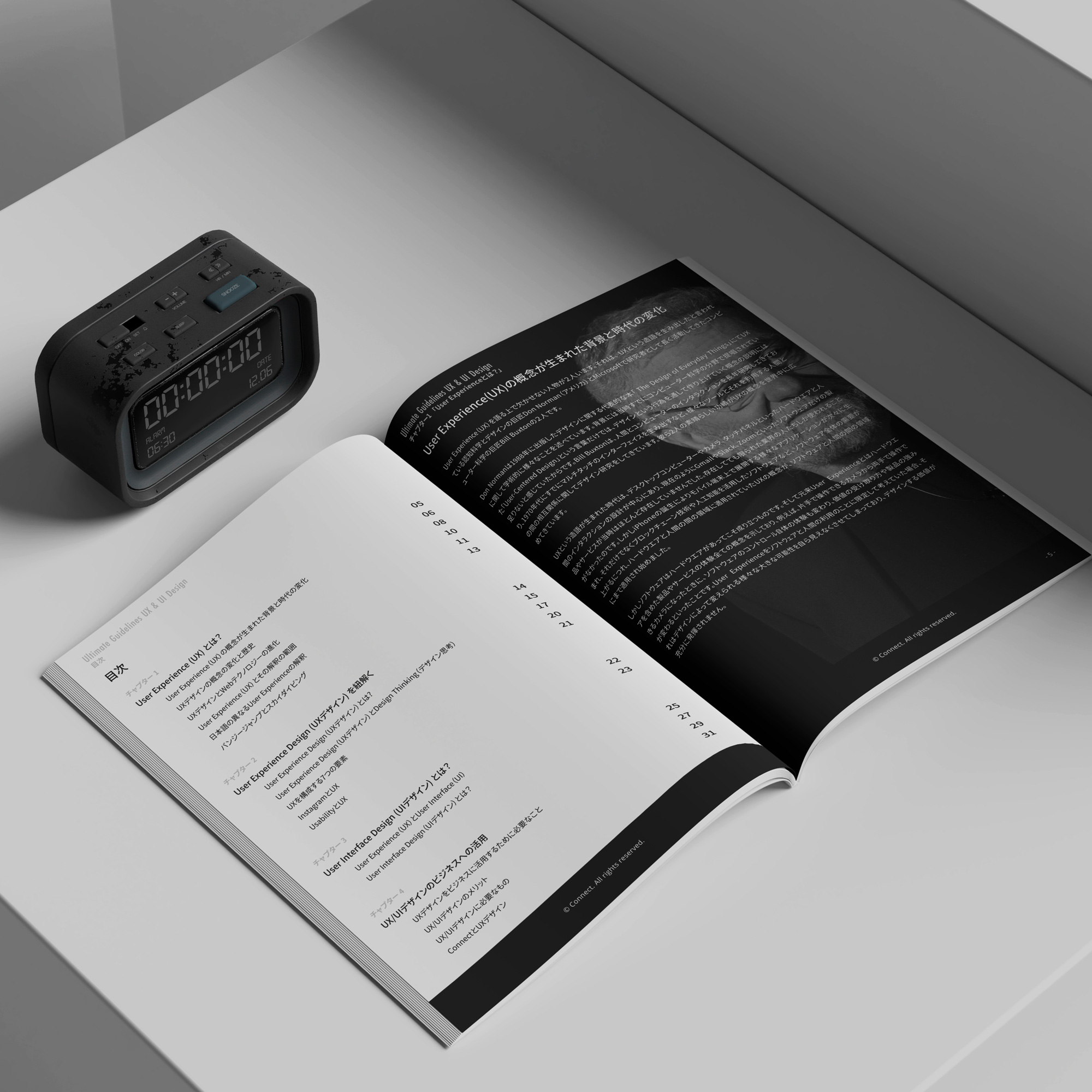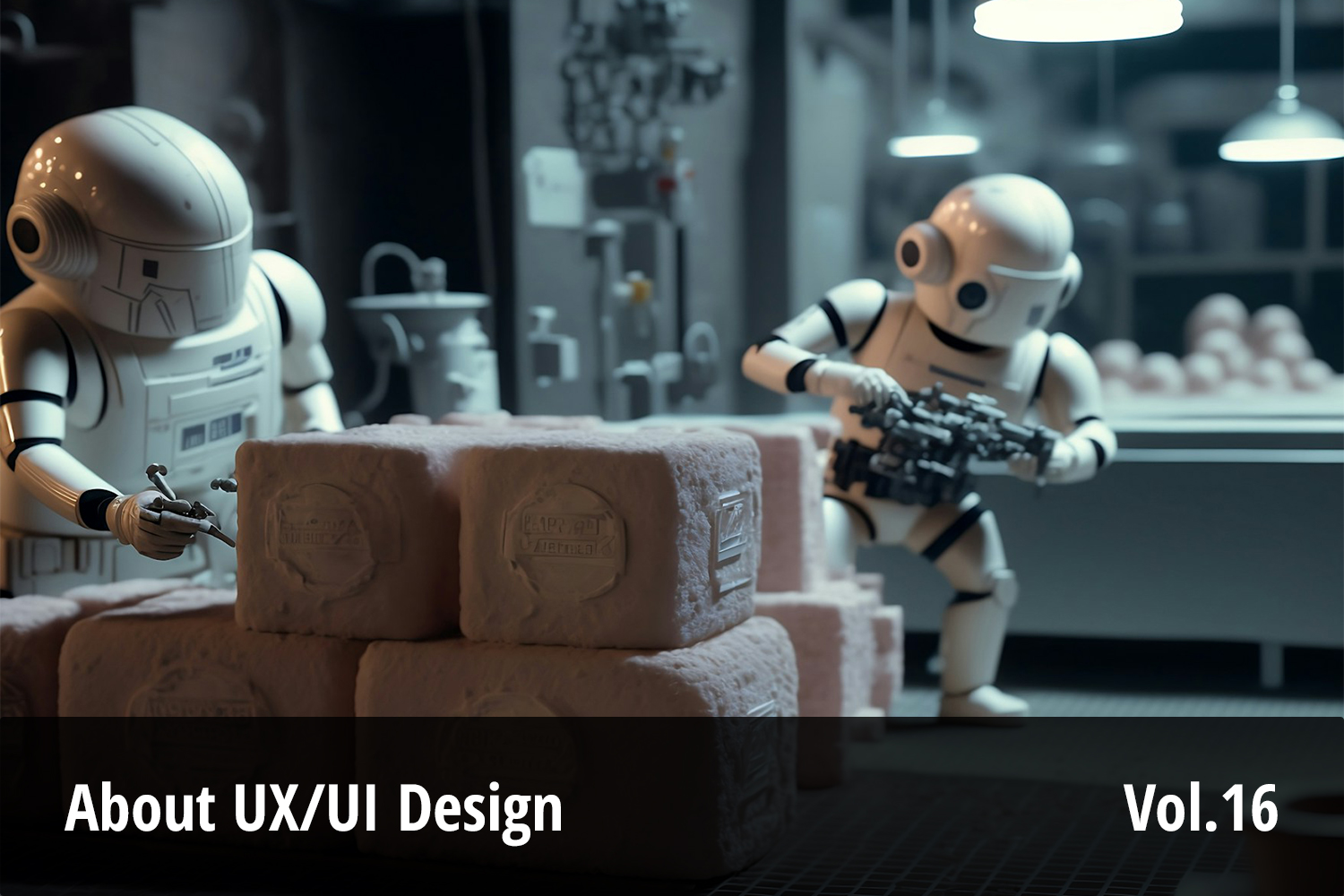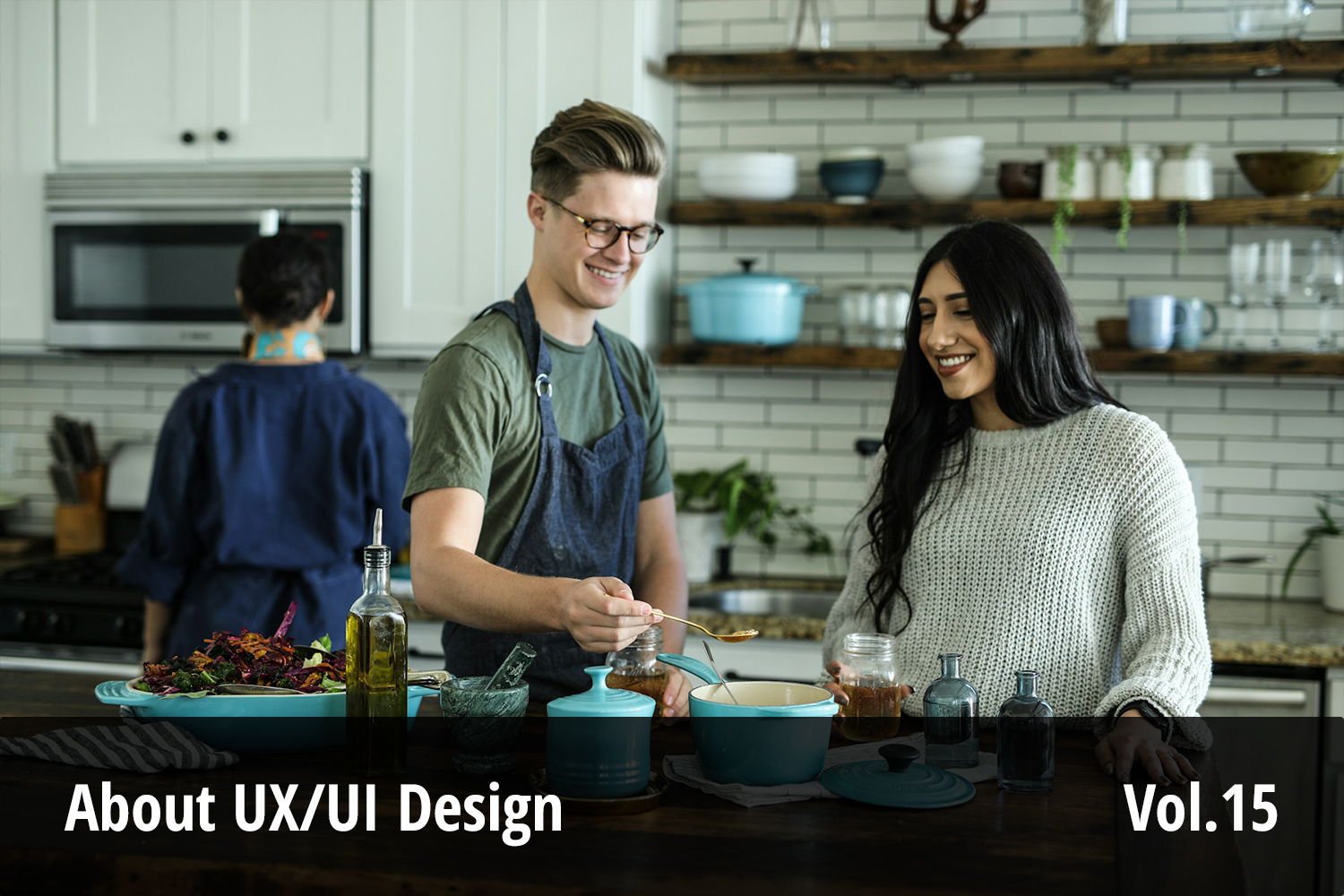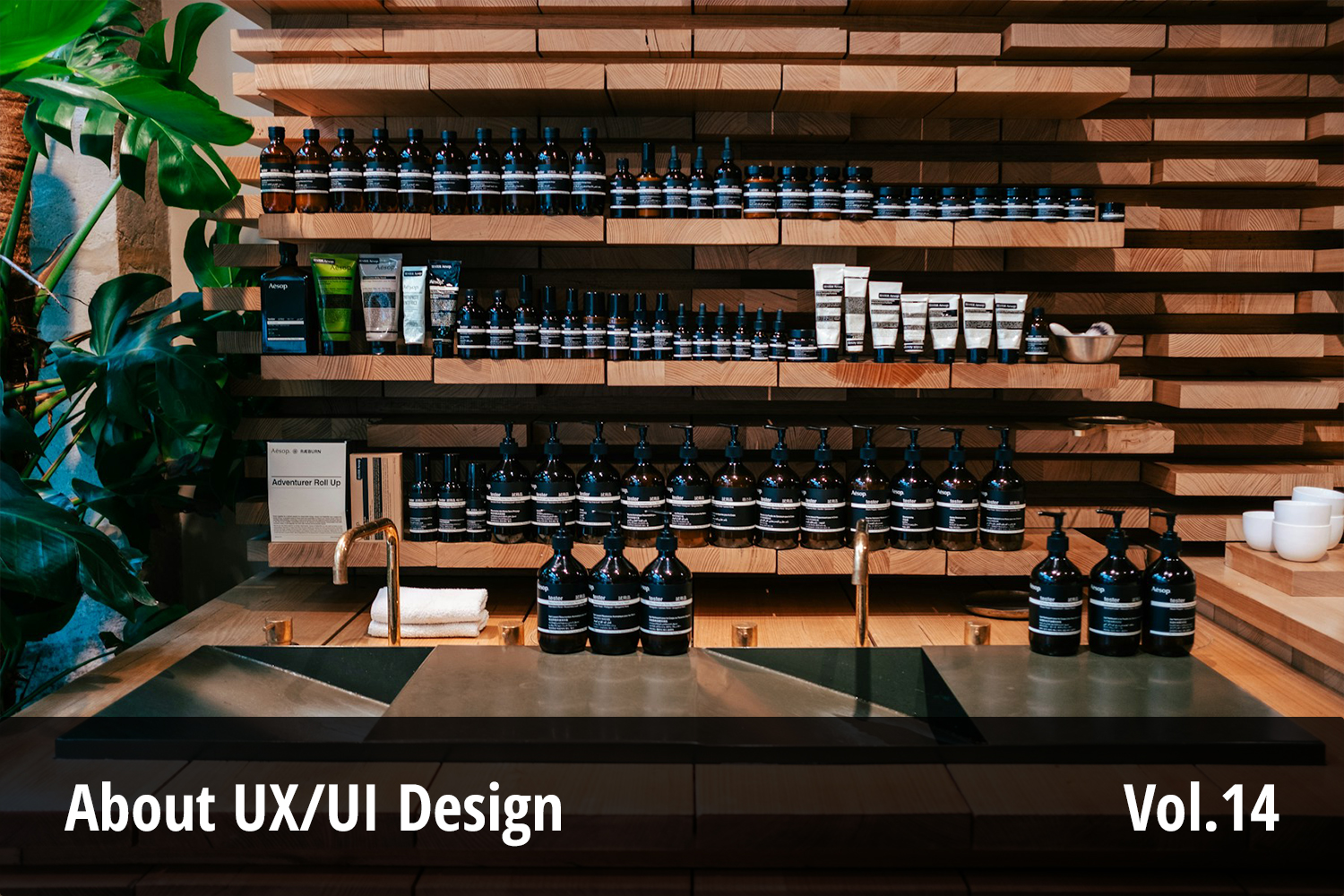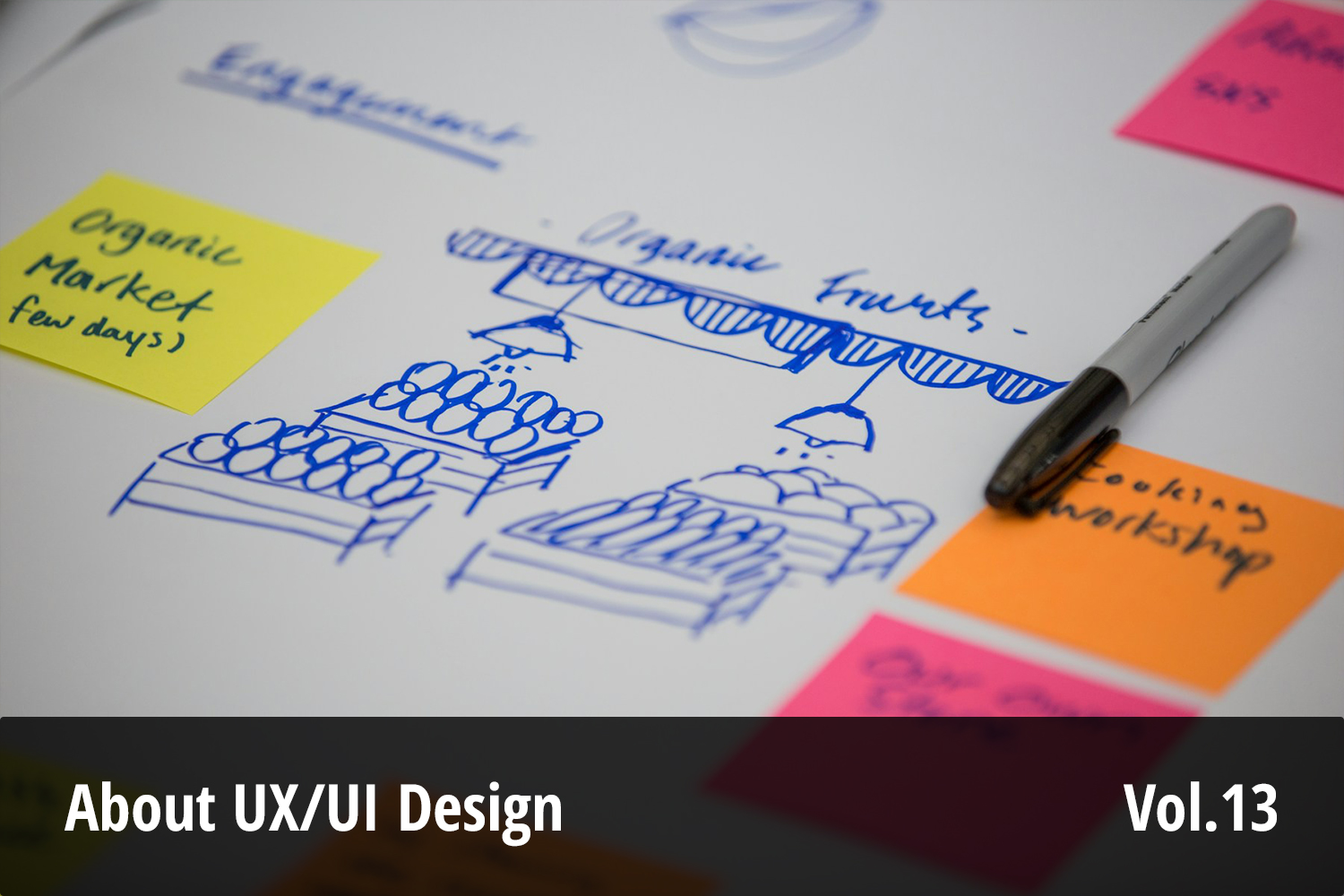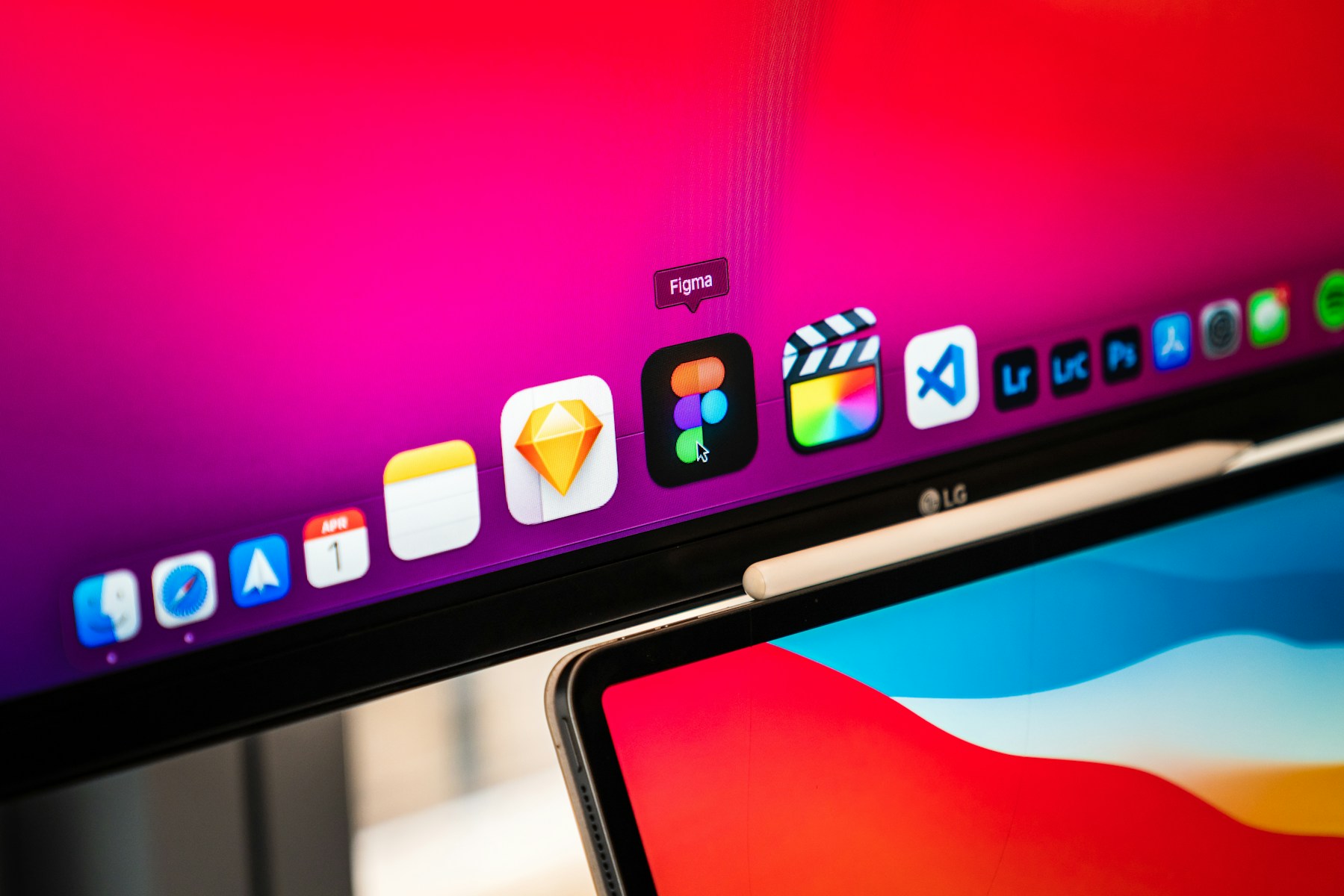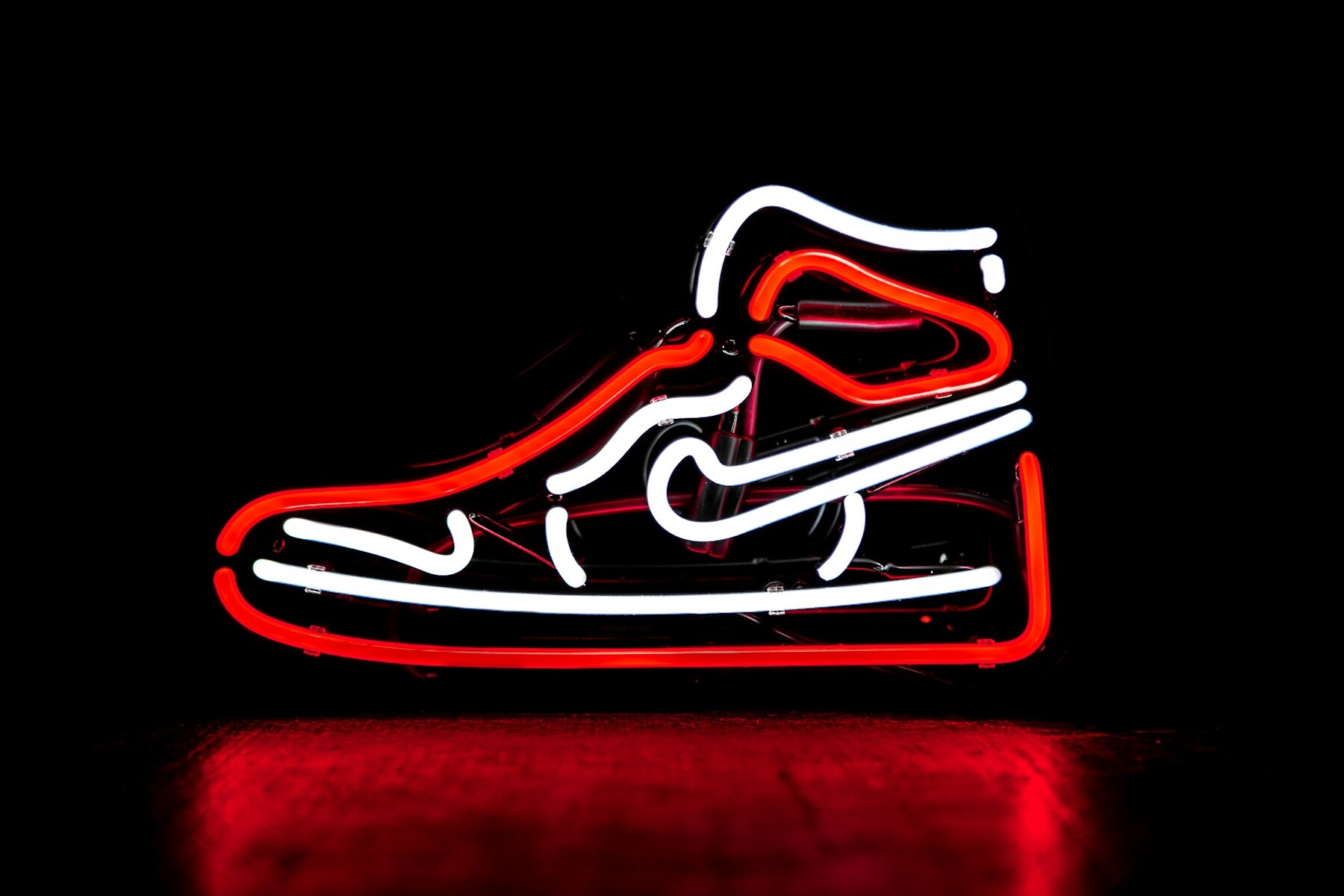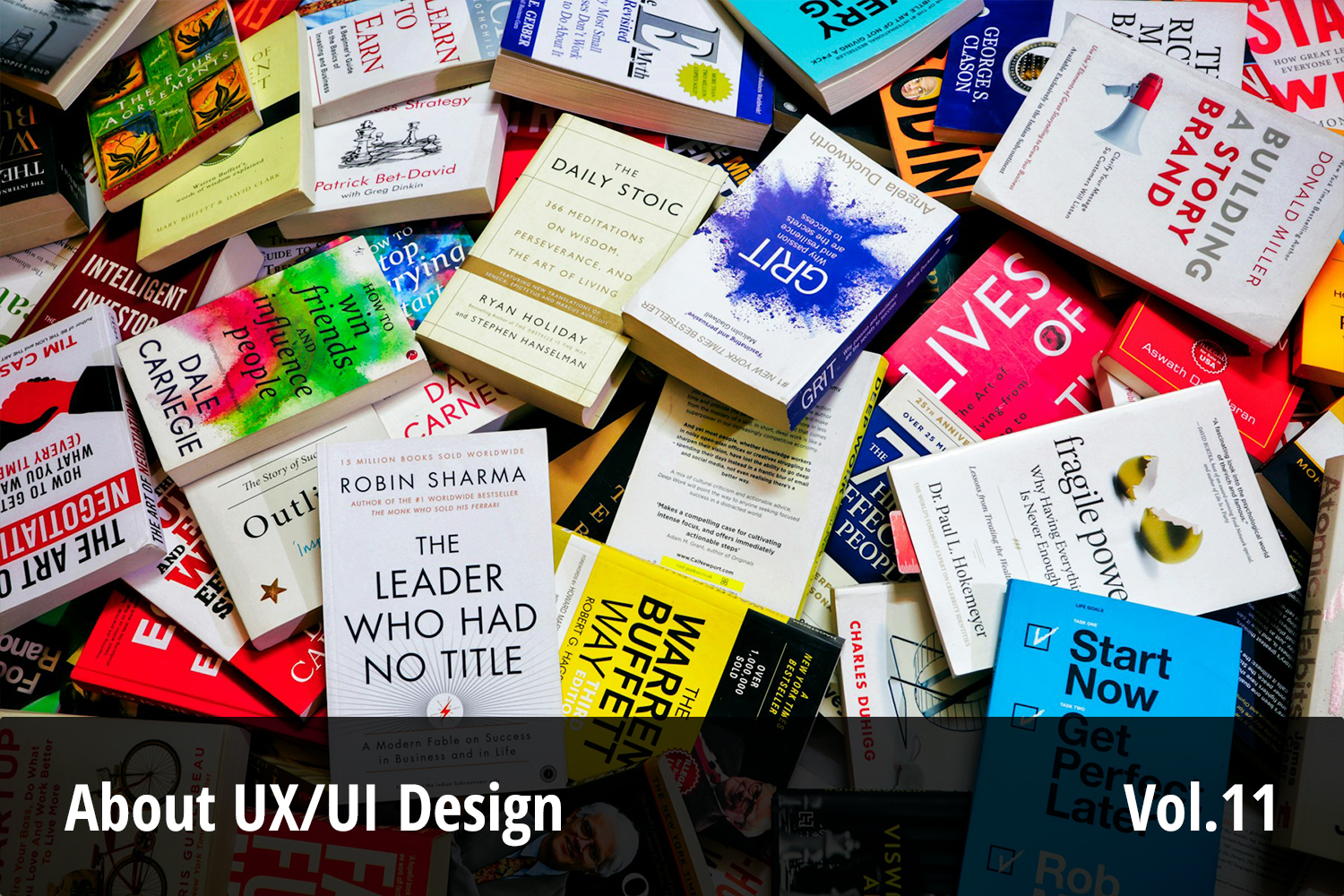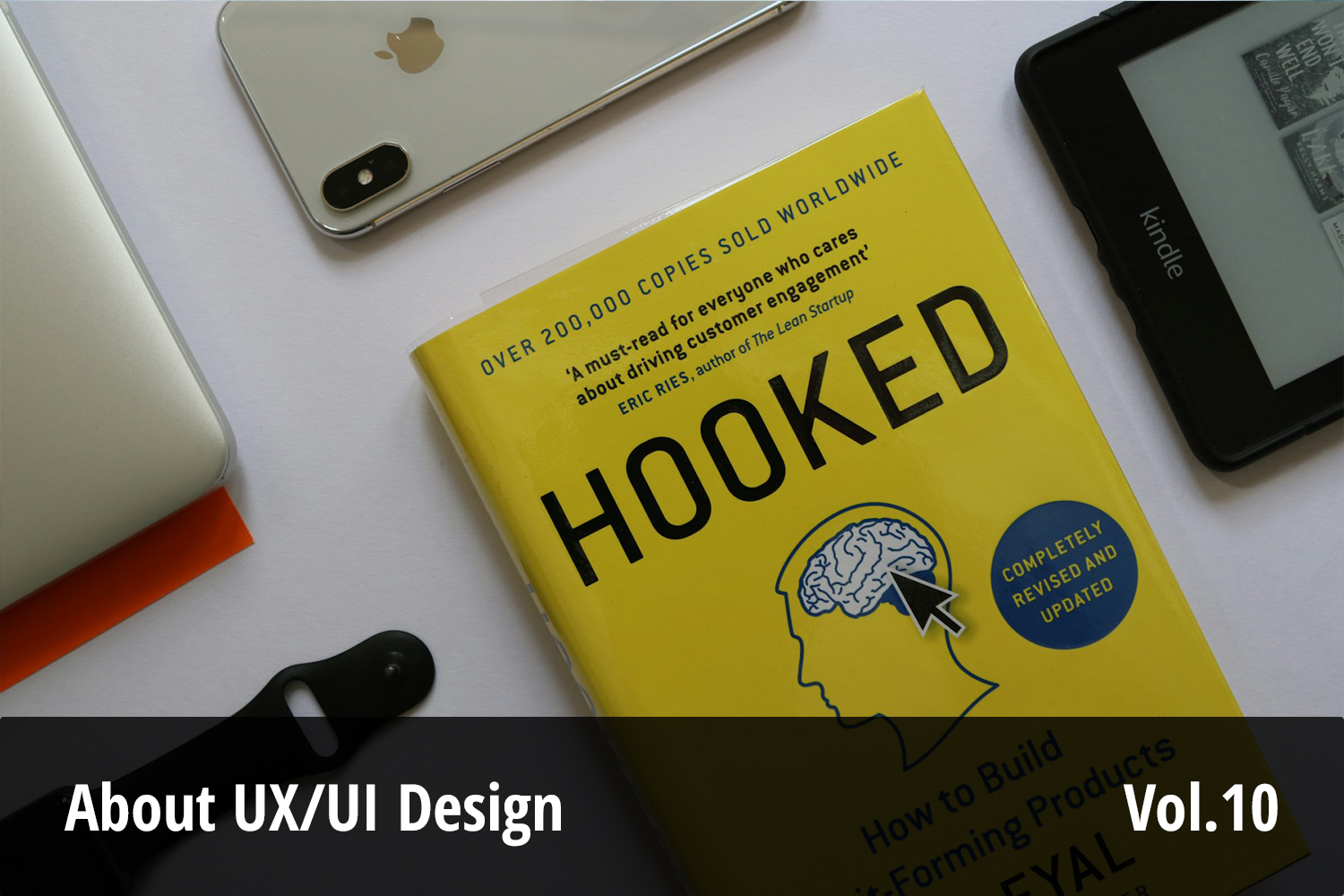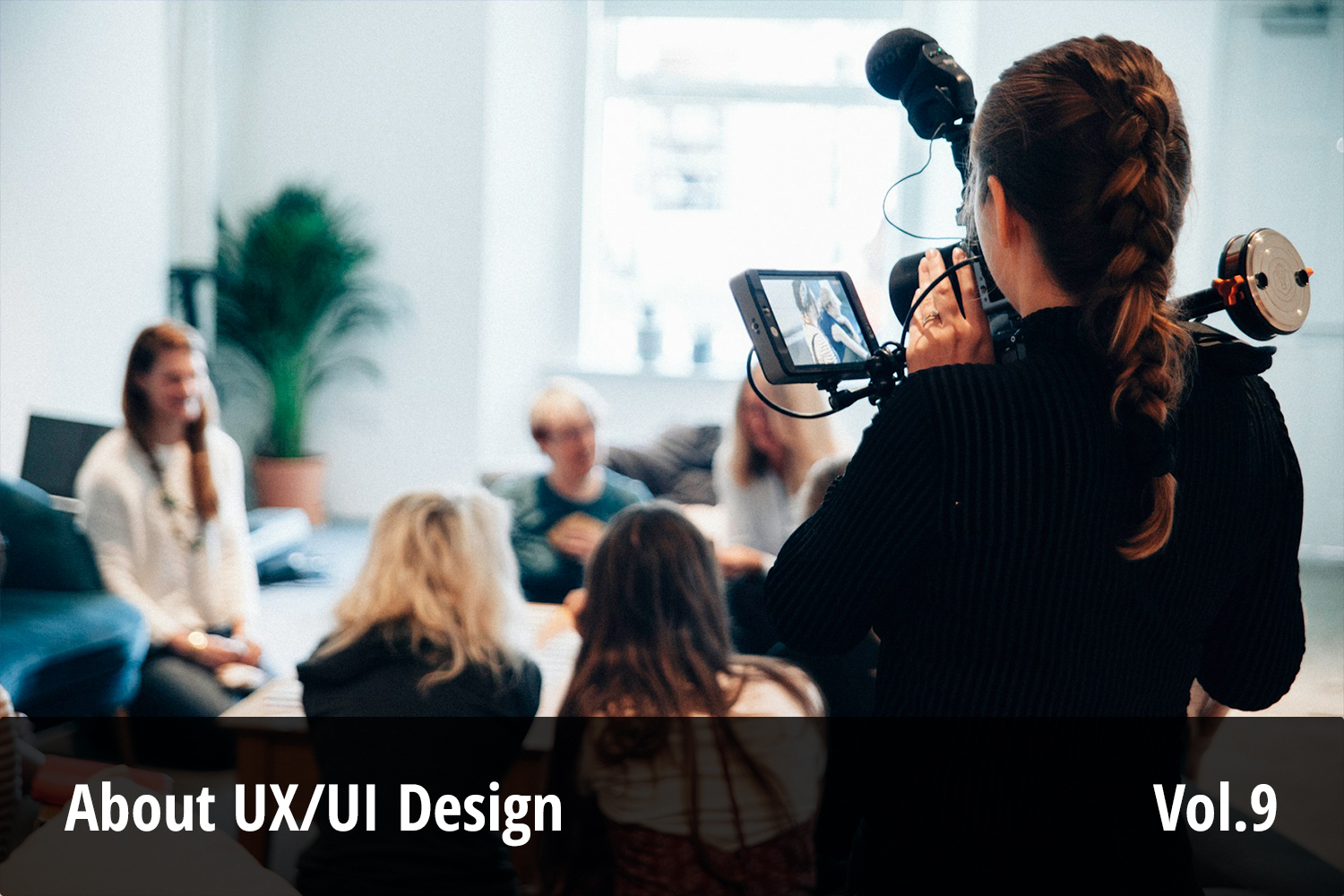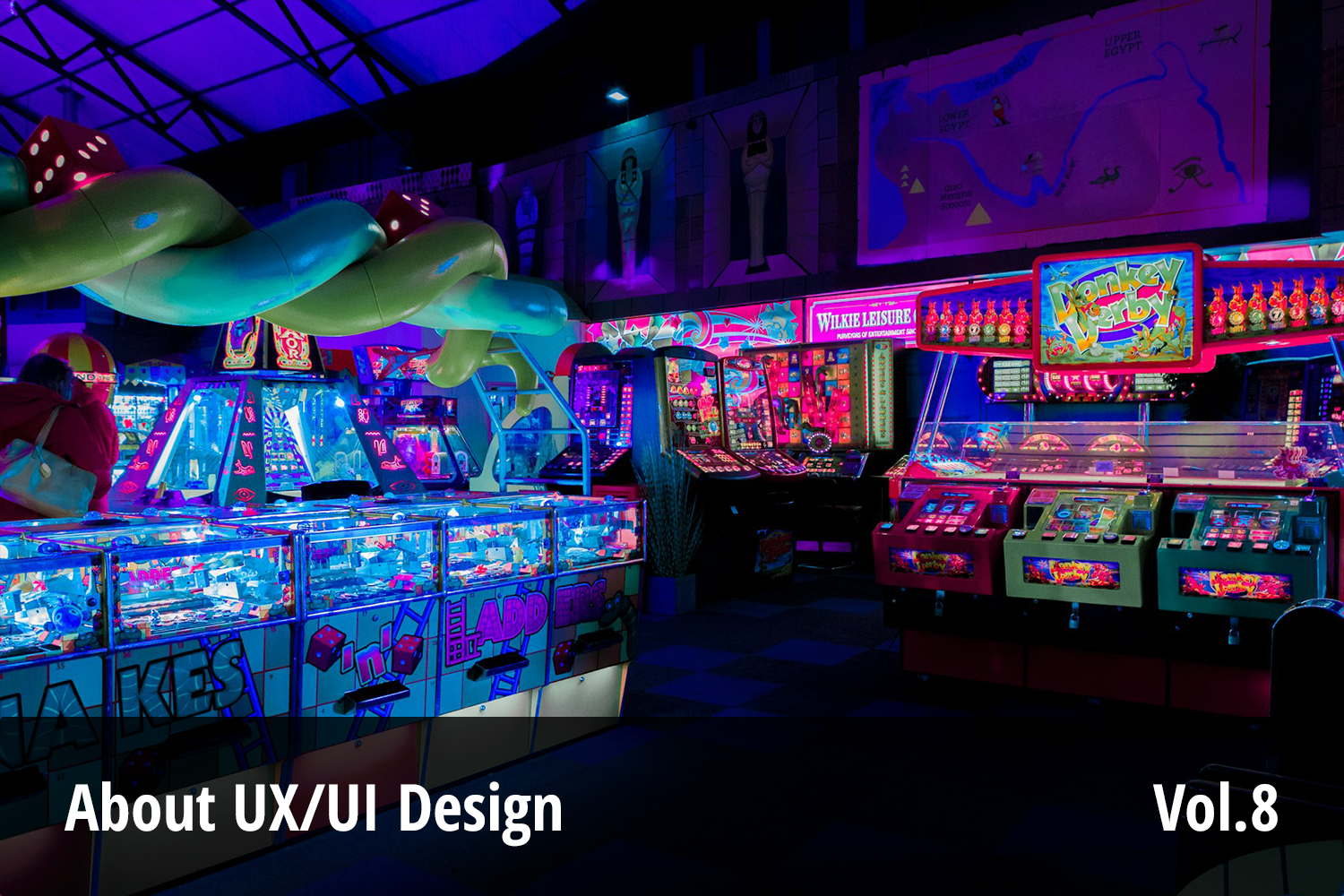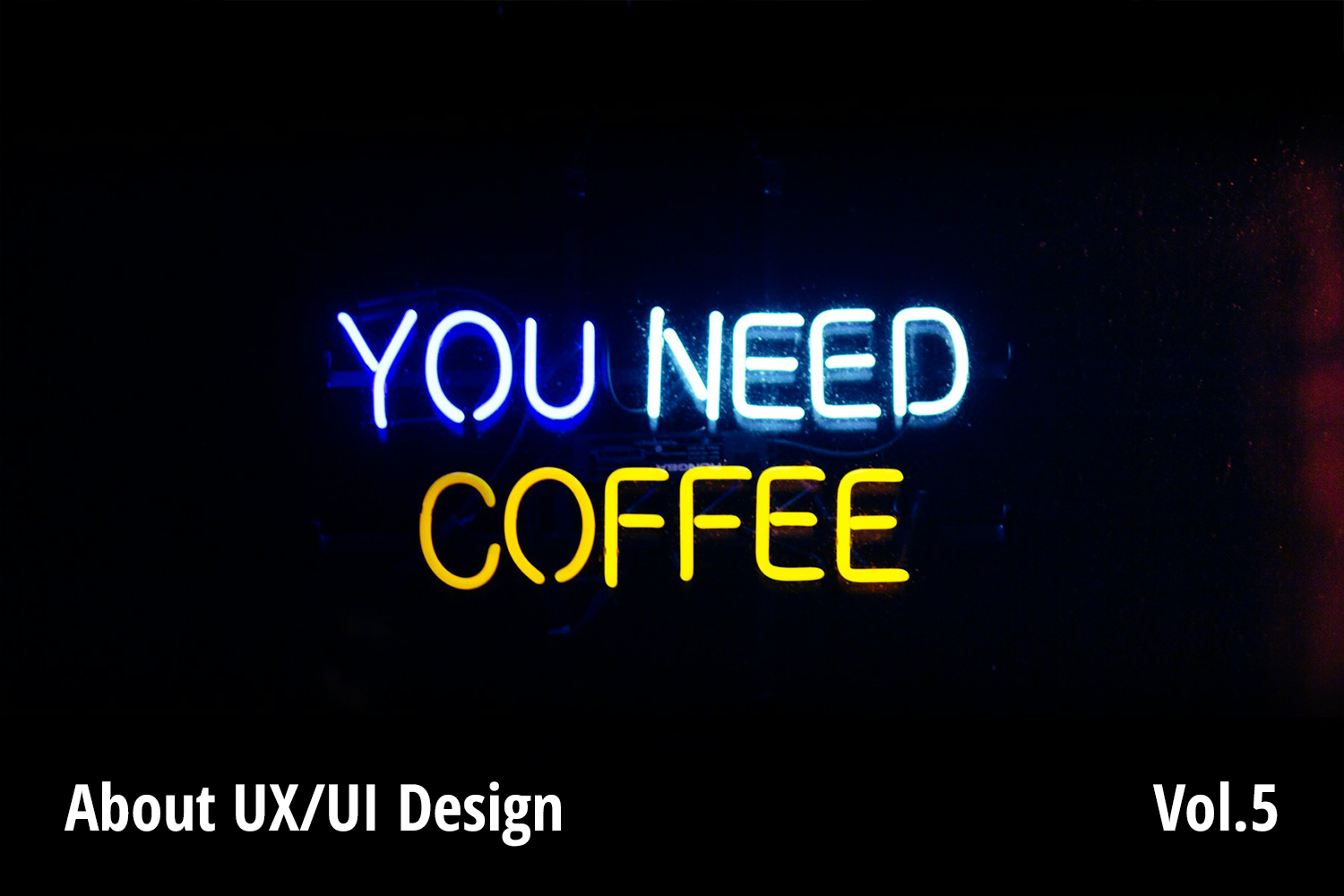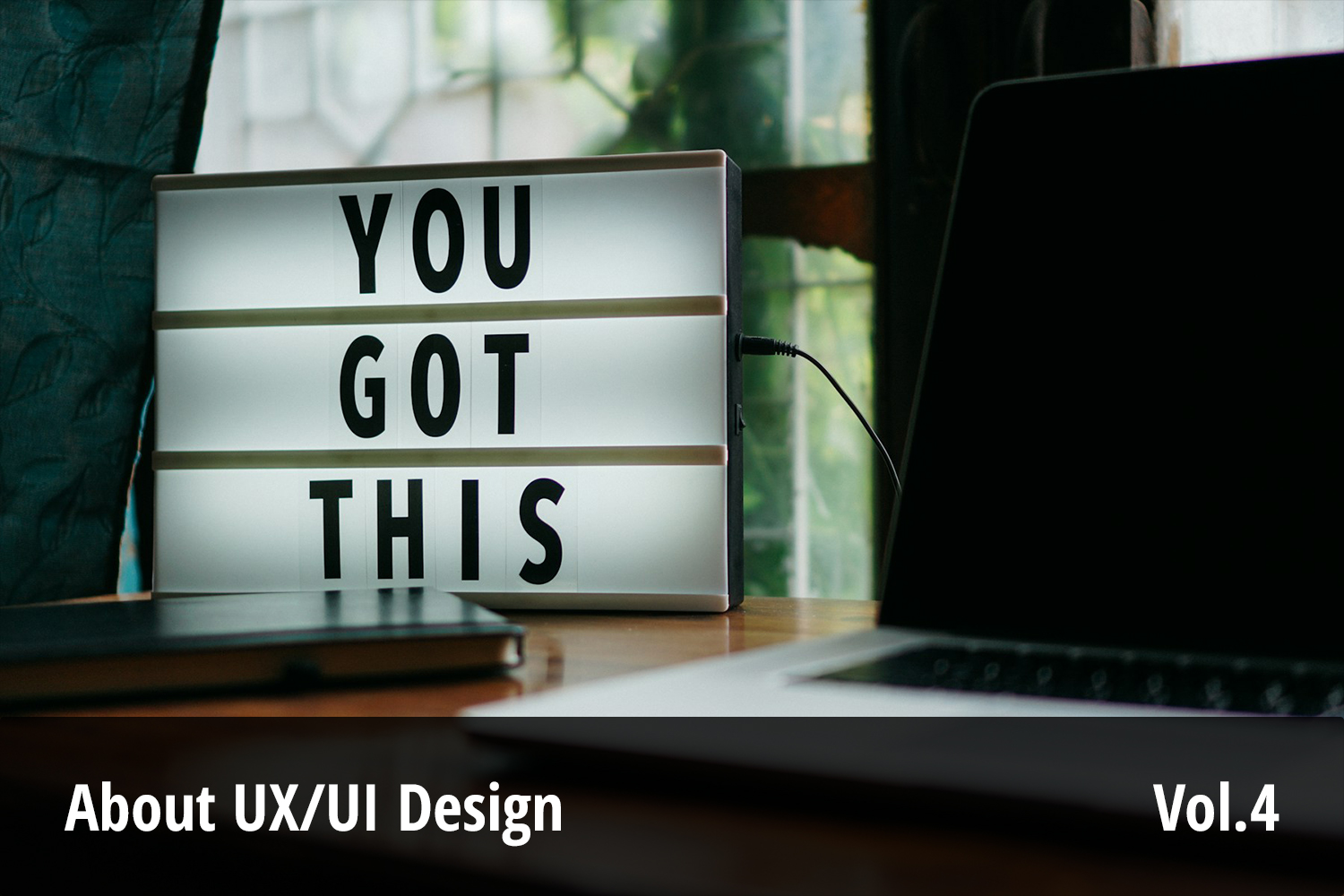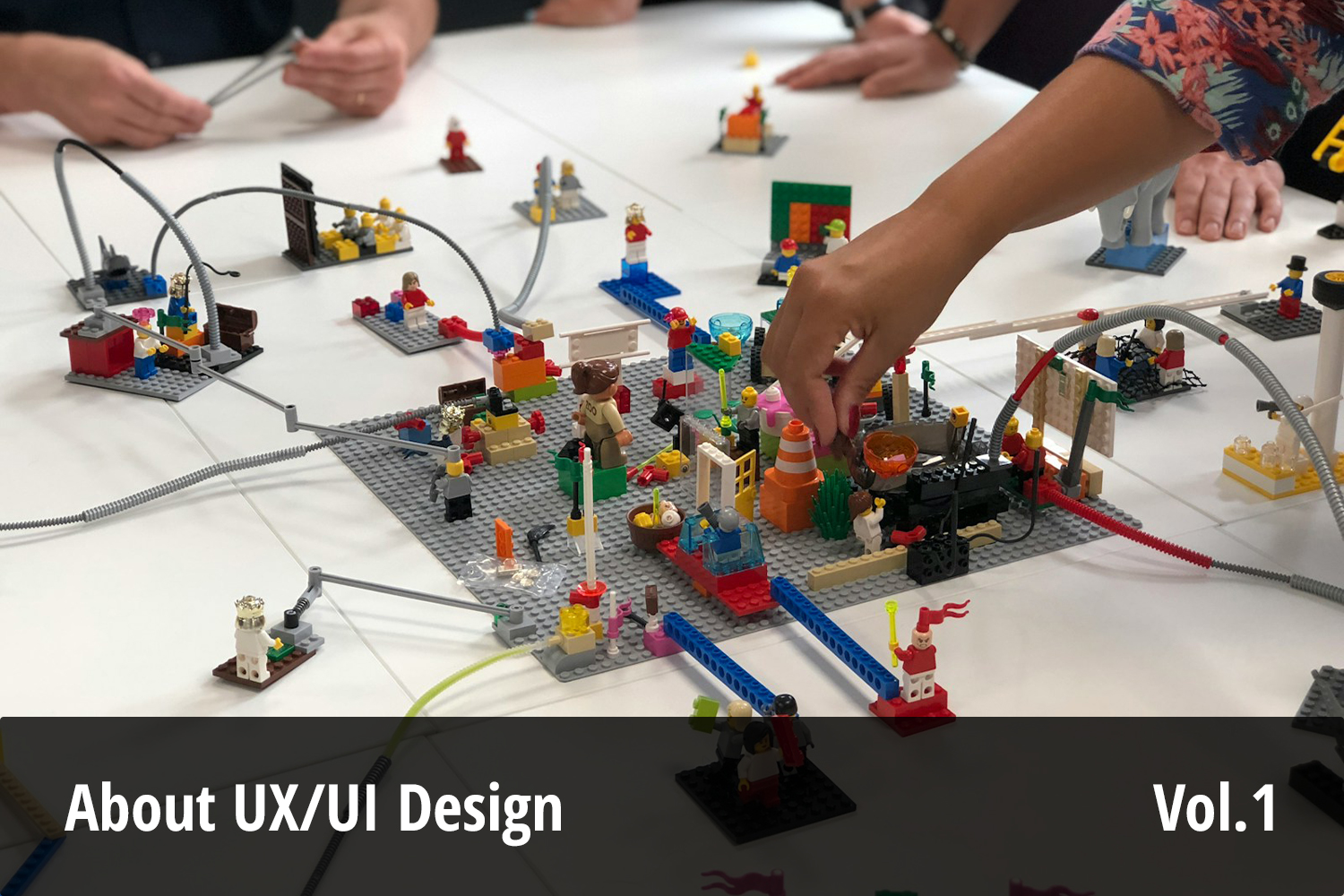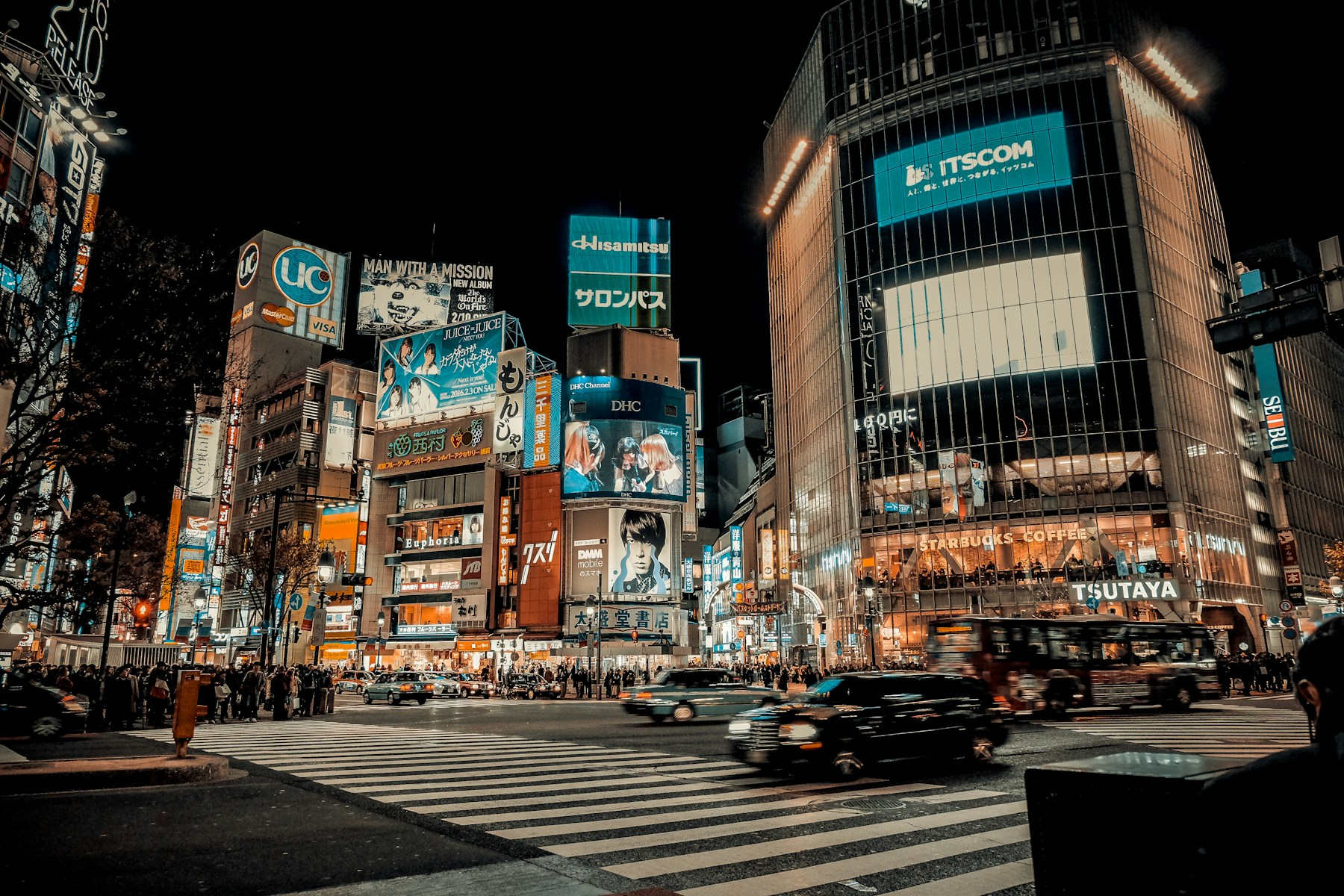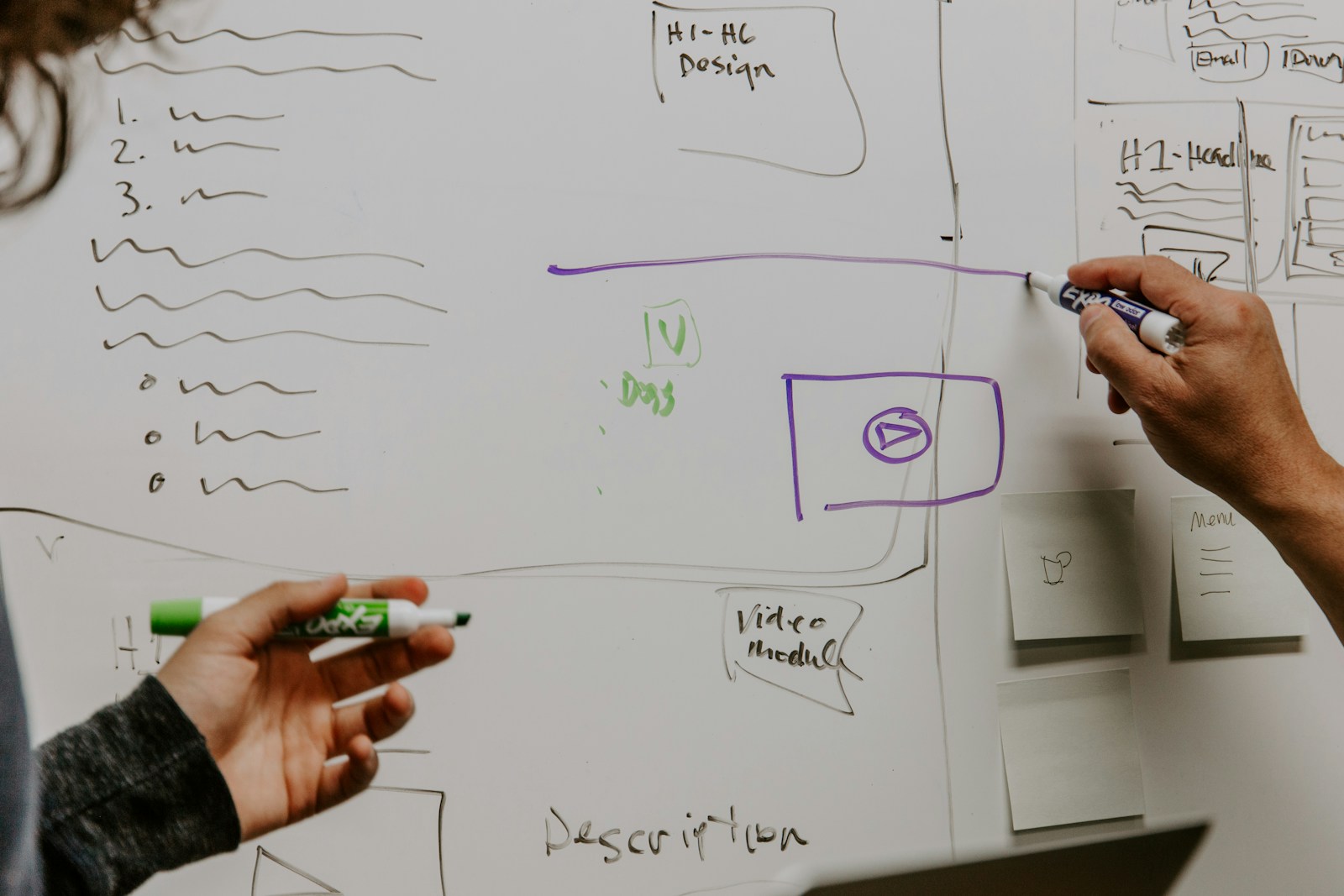In my previous article, I explored the distinction between product design and UX design, particularly in light of the rise of SaaS (Software as a Service) and its solidification as a business model. The SaaS landscape is rich and varied, encompassing well-known platforms such as ChatGPT, Zoom, and Canva, as well as earlier internet pioneers like Hotmail and Skype, which emerged in the late 1990s and early 2000s. The market is indeed saturated with these products.
Furthermore, if we broaden our definition of SaaS, we can include companies like Airbnb, Uber, and Booking.com. Traditionally, since SaaS pertains to software as a service, it might seem counterintuitive to classify these companies under SaaS. However, considering that their core offerings — accommodations and transportation—are accessed exclusively through their websites or apps, it becomes clear that they operate on a SaaS-like model.
Given the diversity within SaaS, I will dedicate several upcoming articles to delve into the specific practices of UX design in SaaS. This series will highlight how effective UX design is critical across various types of SaaS applications, enhancing user engagement and satisfaction.
Photo by Alvaro Reyes on Unsplash
The concept of SaaS can be extended to include game consoles, depending on how broadly you interpret the category. Traditionally, the main distinction with game consoles is that they often require dedicated hardware specific to each game company. However, there are exceptions to this rule, such as Fortnite, which exemplifies a less device-dependent model. This popular game can be played on various platforms, including PCs, showcasing a shift towards more accessible and versatile gaming experiences.
Differences between “Products” and “Services”
In the realm of Software as a Service (SaaS), distinguishing between what constitutes a product and what constitutes a service can be complex. As illustrated by companies like Airbnb and Uber, the boundary between products and services is often blurred. This is because to access their offerings, such as accommodations or ride services, one must utilize their platforms—be it a website or an app—integrating the product with the service.
Consider a hypothetical scenario where, in addition to the cost of an Uber ride, users were also charged a fee to use the Uber app itself—perhaps 5 euros per use, or a monthly subscription fee. Such a pricing model would likely hinder Uber’s growth, as it would add a barrier to access the core service.
This example highlights a common challenge in UX design projects: many business leaders are hesitant to allocate budget and resources to aspects of the service that do not directly generate profits. However, in business models like those of Airbnb and Uber, applying traditional thinking about separating product costs and service fees does not make sense.
In the SaaS environment, drawing a strict line between products and services can restrict the user experience and fail to deliver full value to customers. In practicing UX design within the SaaS industry, it is essential to move beyond this division and focus on creating a seamless, integrated user experience that encompasses both the product and the service.
Exploring the Viability of SaaS as a Business
Understanding whether a product will sell is synonymous with determining its viability as a business. In the context of SaaS (Software as a Service), which inherently lacks a physical form, this analysis becomes particularly nuanced. While SaaS is fundamentally intangible software and thus considered a service, its potential to generate profits also positions it as a product. Linguistically, differentiating between SaaS as a product or service seems arbitrary. What truly defines the business model is how effectively the value provided by the SaaS product can be commercialized.
In the realm of UX design, especially during the early design stages, considering whether a product will sell—i.e., whether users will pay for it—should be a distinct and separate consideration. Designing something marketable is essential, but deciding its market viability should not overshadow the design process itself.
Consider the examples of Gmail and YouTube. Traditionally, similar services, like postal services and TV content, were not free. Yet, the provision of email and video content without direct cost to users was revolutionary. Despite this, both platforms have evolved into sustainable business models. YouTube, for instance, operated at a loss for many years before finding its footing as a profitable entity and an integral part of our digital lives.
This trajectory is not unique but is certainly less common in SaaS businesses where ongoing user engagement typically leads to profitability. Understanding what users are willing to pay for is crucial, which is why the freemium sales model has become prevalent. This approach, offering basic services for free with paid upgrades for enhanced functionality, predates the internet. Since the 1980s, software companies have utilized this strategy, initially distributing limited-functionality software via magazine supplements or floppy disks in stores.
Thus, the success of a SaaS business largely hinges on how quickly users recognize and embrace the value it provides, continuing to use the service over time. This acceptance and ongoing engagement are pivotal in determining whether a SaaS offering can transition from a mere concept to a sustainable business. Unlike traditional industries like apparel or automotive, the SaaS sales model and its market penetration present unique challenges and opportunities in understanding and harnessing user value.
To receive traditional letters and documents, one typically needs a physical address, such as a home or office, for which rent is often a factor. However, email services offer a digital alternative that, intriguingly, most users can access for free, provided they cover their internet fees and own a suitable device. This raises an interesting question: Should email be classified as a product or a service?
Photo by Stephen Phillips - Hostreviews.co.uk on Unsplash
What and why are you using the product for?
Dating apps like Tinder and Hinge are free to use. Some users are fully enjoying dating even with the free version, while others are not satisfied with just the free features, so they update to the paid version and start dating.
This is the difference between paying and not paying, simply because users differ in how they use the product being offered and how much value they receive. However, in terms of product usage, they are the same. Whether it’s free or paid, I’m just using it and looking for good encounters.
Let’s apply the same perspective to Japanese convenience stores. You can use the restrooms for free at most convenience stores in Japan. Moreover, many of the toilets are clean and equipped with washlets.
This is because we consider this to be a part of customer service, but of course there are many customers who only use the restroom and do not buy products from the store. However, it is also true that some customers use the toilet as an opportunity to purchase products from the store.
It is impossible to use a retail store’s restroom for free in countries other than Japan, such as the United States or Europe. There is a background to prohibiting the use of toilets due to crime and cleaning issues, but if there were no such social problems, would it be possible to provide toilets for free in the United States and Europe? What would happen if restrooms were freely available to everyone in American and European retail stores? Is it better to not provide toilets for free because you are worried about the money and risks involved in maintaining their use, or is it better to take the adventure of creating new value by providing them for free?
Both Tinder and the toilet example use a method that is free to use as a means of conveying value to users, and the final decision on whether or not this is necessary to sell the product is up to the This is a decision made by the business owner, not the designer.
When practicing UX design in a SaaS project, always make it clear whether you are discussing from a design perspective or a business perspective, and then design a way to promote value provision. I need to go.
Get a Free UX Consultation!
No matter the scope of your project, it’s advisable to consult a UX design expert early in the process. While not every situation may require a UX designer—sometimes a UI designer or even your existing team resources can suffice— recognizing this early can save on unnecessary expenditures. Engaging the right expertise from the start ensures that your project is not only cost-effective but also aligned with the best practices in user experience design.
Free Download
At Genki Brothers, we have initiated the startup “Connect” with the aim of exploring the integration of UX/UI design within business contexts.
For those interested in creating innovative and unprecedented experiences in your business endeavors, we encourage you to read our book. Please complete the submission form provided below. Upon receipt of your email, an automatic reply containing the download link for the book will be sent to you.
With over 20 years of international experience in digital design, product development, and strategic business leadership, Yoshi's had the privilege to lead high-profile projects for global brands like Nike, Converse, and Airbnb, where I demonstrated exceptional proficiency in crafting compelling business pitch decks and translating complex technical concepts into user-friendly designs.
Other Open Sources
